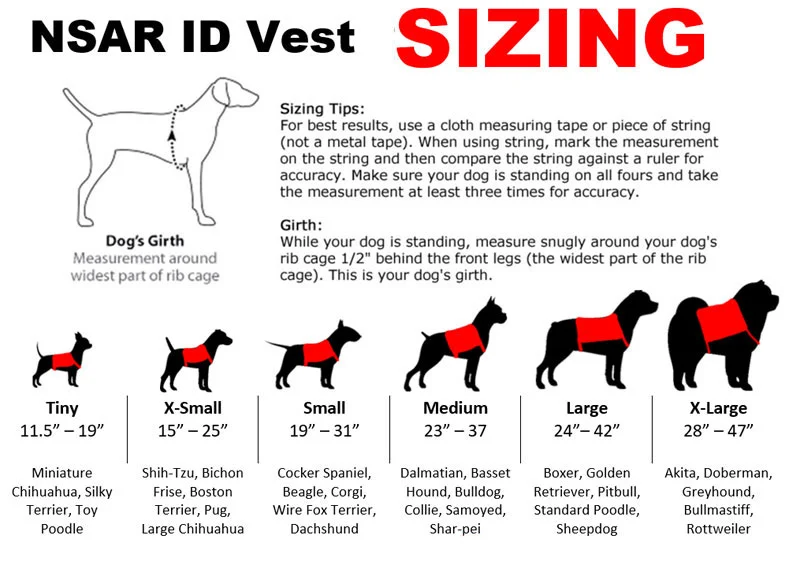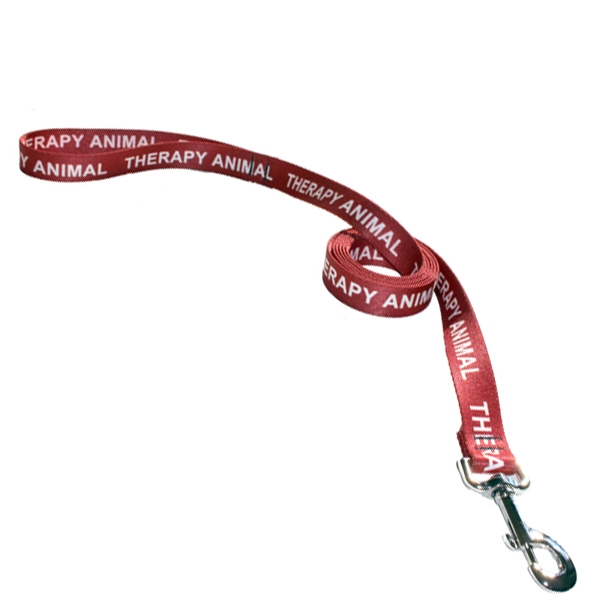ESA vs Service Dogs: What’s the Difference?

While both serve humans, emotional support animals — commonly referred to as ESAs — and service dogs are often confused. These two types of service animals are similar in that they can provide emotional support for those that need it, but there are many differences between them. Understanding these differences will allow you to properly select and certify an animal for your needs. Here are some of the key differences between these two types of service animal certifications.
Function
Many think that emotional support animals and service dogs are interchangeable, but these two types of service animals are meant for separate tasks. A service dog is specially trained to perform a function or job for an owner that has a physical, intellectual, or emotional disability. An emotional support animal serves as more of a companion for the owner. A service dog may still be able to provide the comfort of an emotional support animal, but it has been trained to complete tasks that a support dog will not.
Protection
Service dogs are usually needed more frequently as they help the owner with physical tasks. Thus, they are offered legal protections through the Americans with Disabilities Act (ADA) that emotional support animals do not get. You can take a service dog almost anywhere that you go and they legally cannot be denied access. An emotional support dog, on the other hand, doesn’t share the same legal protections. It’s important to understand that if you have an emotional support dog, they may not be allowed into areas that a service dog will. Legal protection of an emotional support animal is limited to housing and air travel. However, there may be businesses that will allow you to bring your emotional support animal inside, so you’ll have to check with them beforehand.
Certification
As these types of support animals provide different services, the certifications also differ. A service dog agency will help to find a specially trained dog to assist with a person’s disability. While only a specifically-trained dog can be a service dog, any pet can be considered an emotional support animal. The person looking to acquire certification needs to have a disability diagnosed by a doctor or mental health professional and receive a letter stating how the animal will be of benefit.

Differentiating Your Support Dog
If your support dog doesn’t have anything that differentiates it from any other dogs, people may not recognize that it’s providing assistance for you. If you have a service dog, you might want to consider having it wear a colored vest. While this is not a requirement, it will tell those working in places you go that the dog is a service dog, and they are less likely to try to stop you from entering with it. If you have an emotional support dog, you should carry your medical letter with you, as this will provide evidence that the dog is officially a support animal.
If you suffer from a disability, be it physical or emotional, you may benefit from an animal’s support. Understanding the differences between a service dog and an emotional support animal will allow you to receive the correct service animal certification. For more information, contact the National Service Animal Registry today!


















































